20 types of hamsters
Discover the diversity, quirky habits, and natural habitats of different hamster species
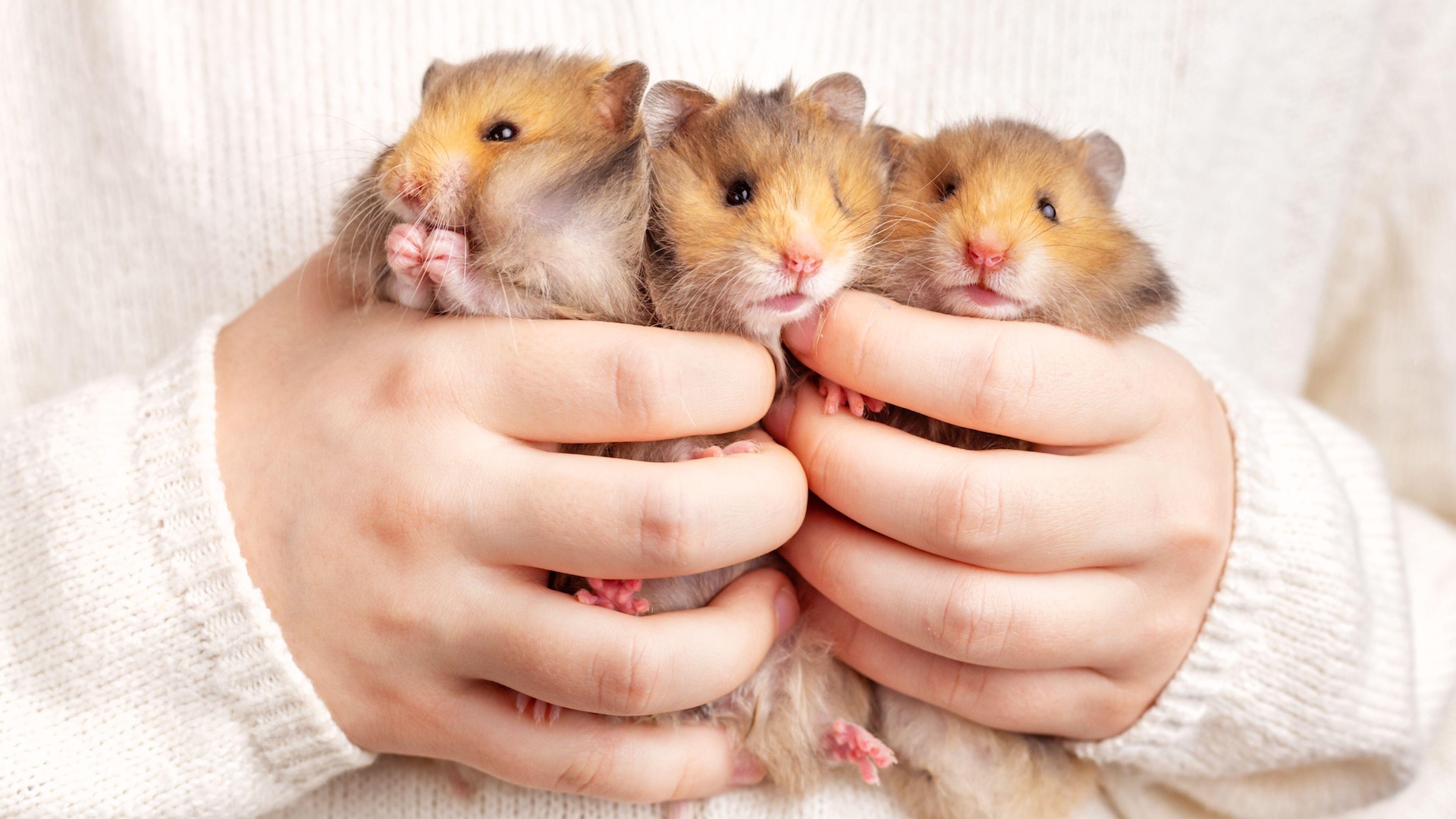
Adorable, short-tailed little rodents, hamsters make delightful pets. Their diminutive size, radar ears, paintbrush paws and habit of stuffing their cheeks full of morsels to save for later makes them particularly endearing.
But did you know that the pet hamsters we know and love only scratch the surface of the many different types of hamster in the world? These rodents belong to the sub-family “cricetinae”, and there are around 19 different species under that umbrella. Of these, only five are commonly kept as pets.
The others typically roam free in their natural habitat, foraging at night-time – which is a habit pet hamsters perpetuate even when there is no predatory threat in the home.
Let’s take a look at some of the different types of hamster, their native habitats – and their scientific names that denote which species they belong to.
Types of hamsters
1. Syrian (teddy bear)
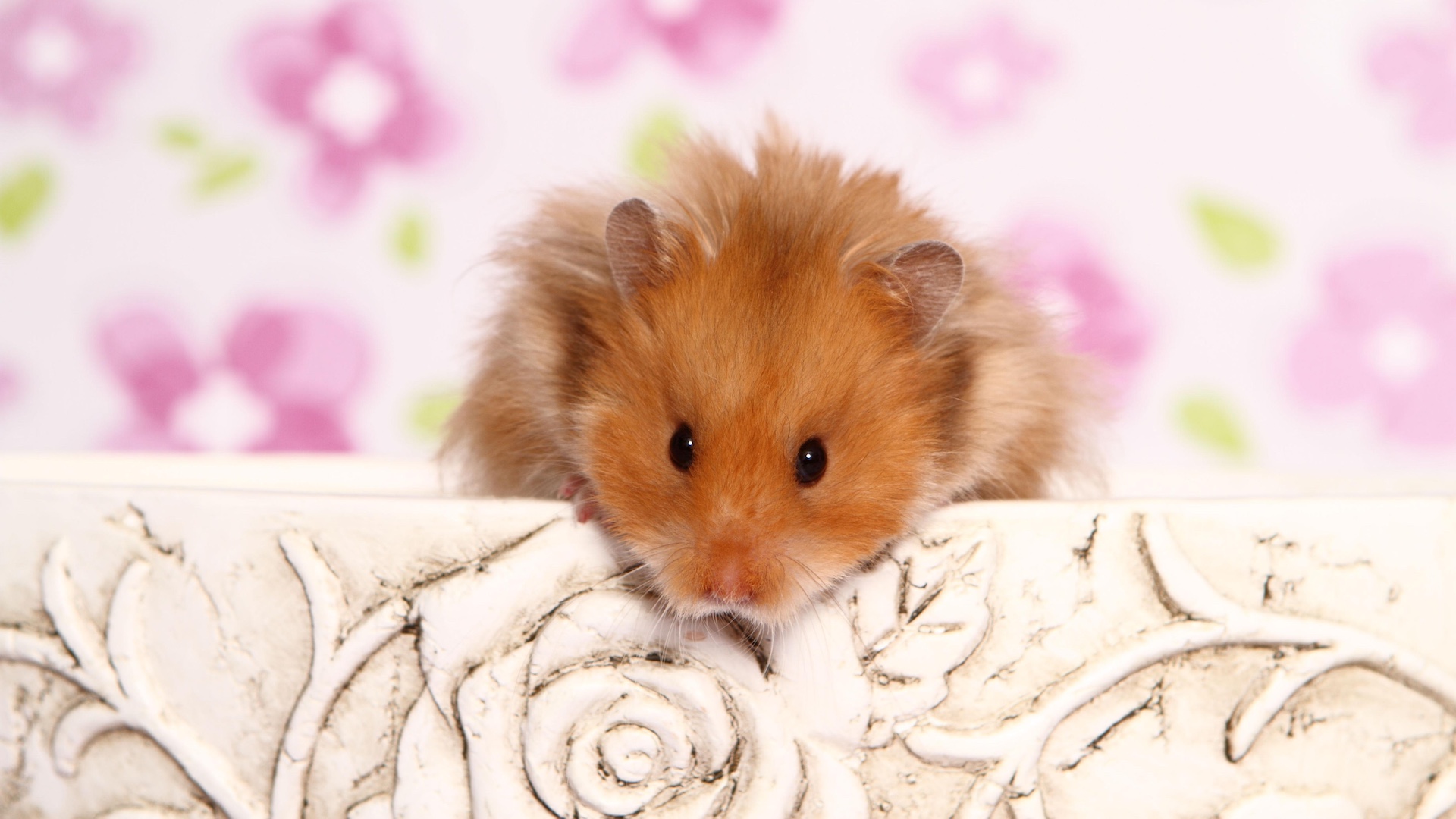
Commonly kept as pets, Syrian hamsters (Mesocricetus auratus) – also known as golden hamsters – are all one species, but there are dozens of different colors. In terms of coat types, there are three main types.
The long-hair version is nicknamed “teddy bear”, and their silky locks can grow up to 10cm, with males growing longer hair than females.
2. Syrian (satin)
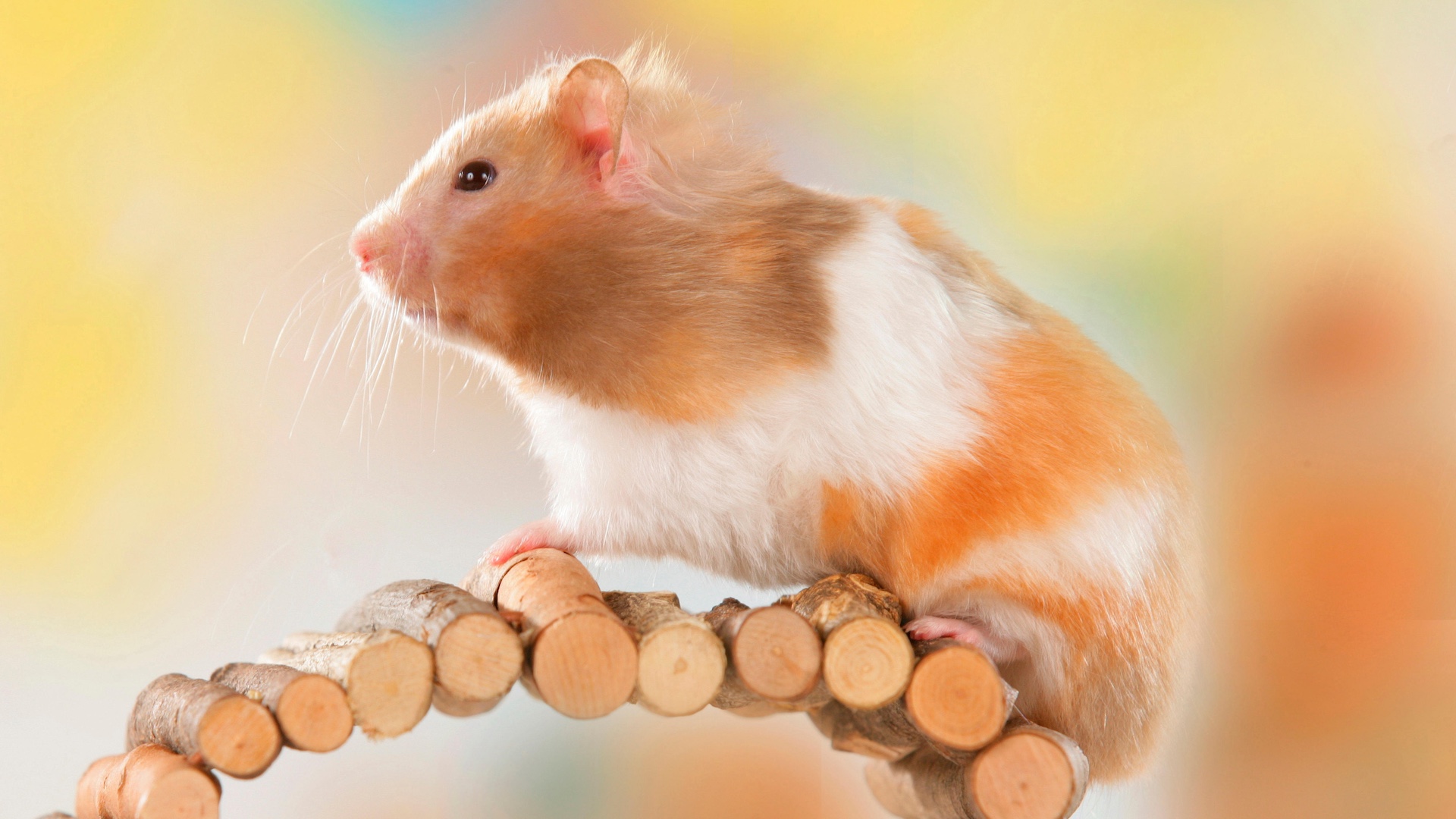
The satin Syrian hamster has shiny, glossy fur, which can be either short or long. The fur can appear to shimmer as the individual hairs are more translucent than other coat types.
Get the best advice, tips and top tech for your beloved Pets
However, you can get too much of a good thing, as two satins bred together tend to produce offspring with dull coats.
3. Syrian (Rex)
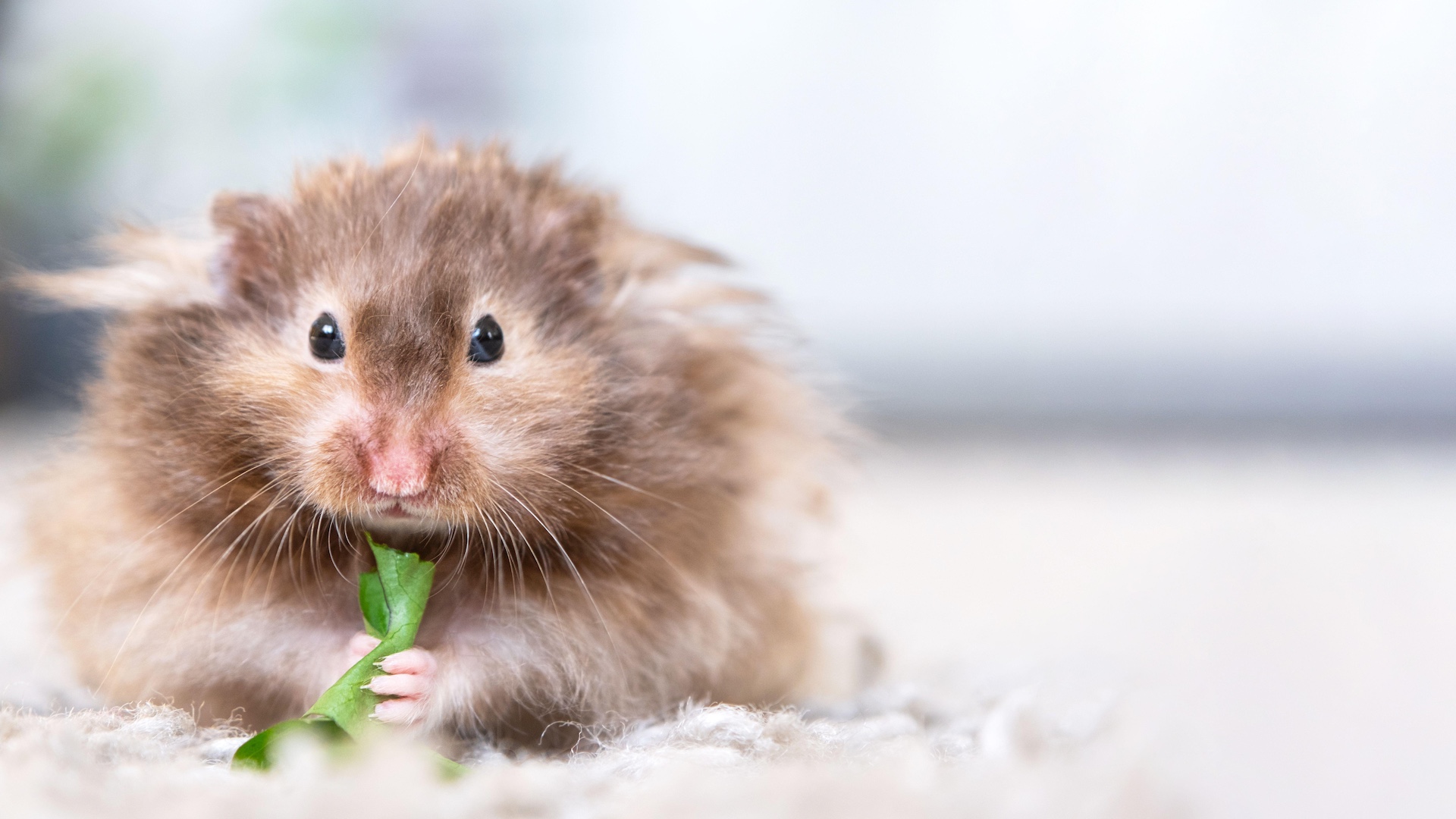
Rex Syrians can be either short or long-haired, but their coats and whiskers are curly, crimped or wavy. The Rex gene is recessive and therefore these hamsters are fairly rare.
The hamster pictured, while it has a slightly frizzy coat is unlikely to be a true Rex as the whiskers are not curled.
4. Syrian (short-haired)
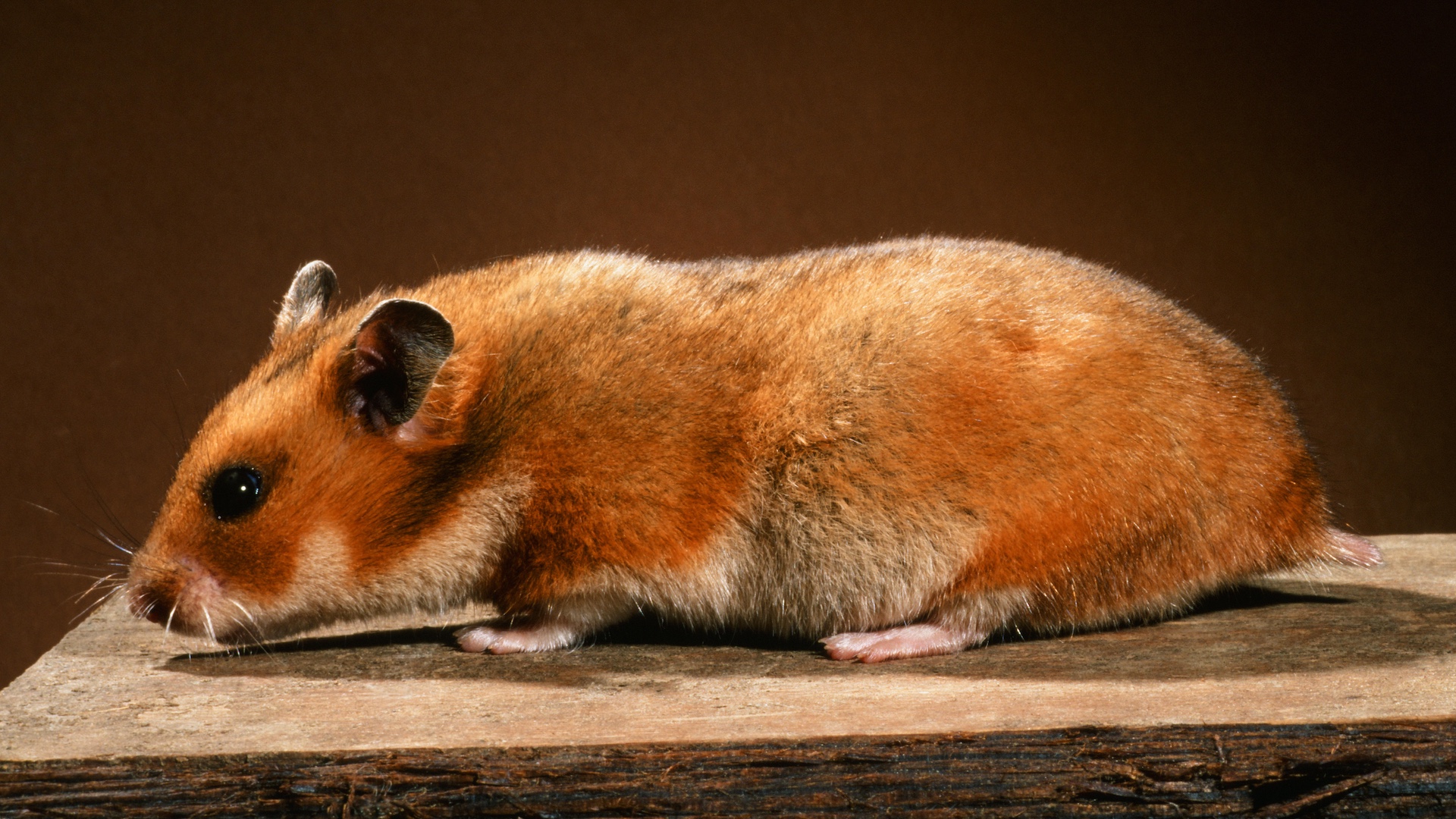
A Syrian or golden hamster with short, smooth fur. They can be considered the classic Syrian, as the first hamsters discovered had short hair.
They come with benefits – they need minimal grooming as their fur doesn’t tangle or collect bedding and debris.
5. Syrian (hairless)

The hairless Syrian hamster has a gene that affects the outer layer of the skin with the hair follicles. This is a genetic mutation which is most commonly seen in Syrians, and unfortunately the life expectancy of such hamsters is considerably shorter than the hairy ones.
They have very sensitive and fragile skin, without a protective furry layer, and minimal whiskers. They also struggle to keep warm without that insulation and so have a rocketing metabolism.
6. Chinese (normal/wild)
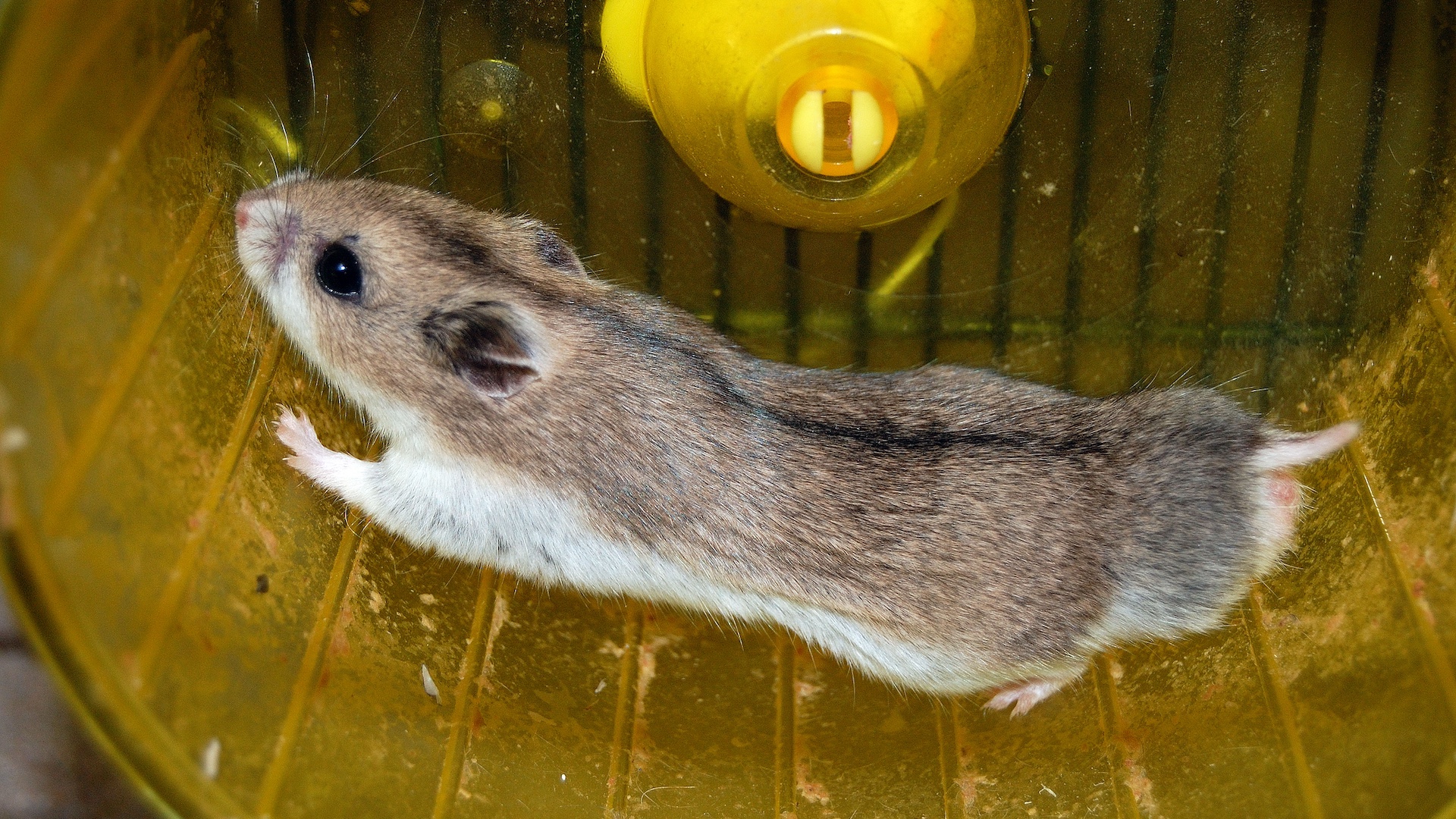
There are three main variations of the Chinese hamster (Cricetulus griseus) while the Chinese striped hamster (Cricetulus barabensis) is closely related and looks very similar. This species has a mouse-like appearance.
The “normal” or “wild” Chinese hamster has a dark brownish-gray coat, white tummy and a dark dorsal stripe. This type is commonly domesticated – the wild being a reference to the coloring – and is a popular pet.
7. Chinese (dominant spot)
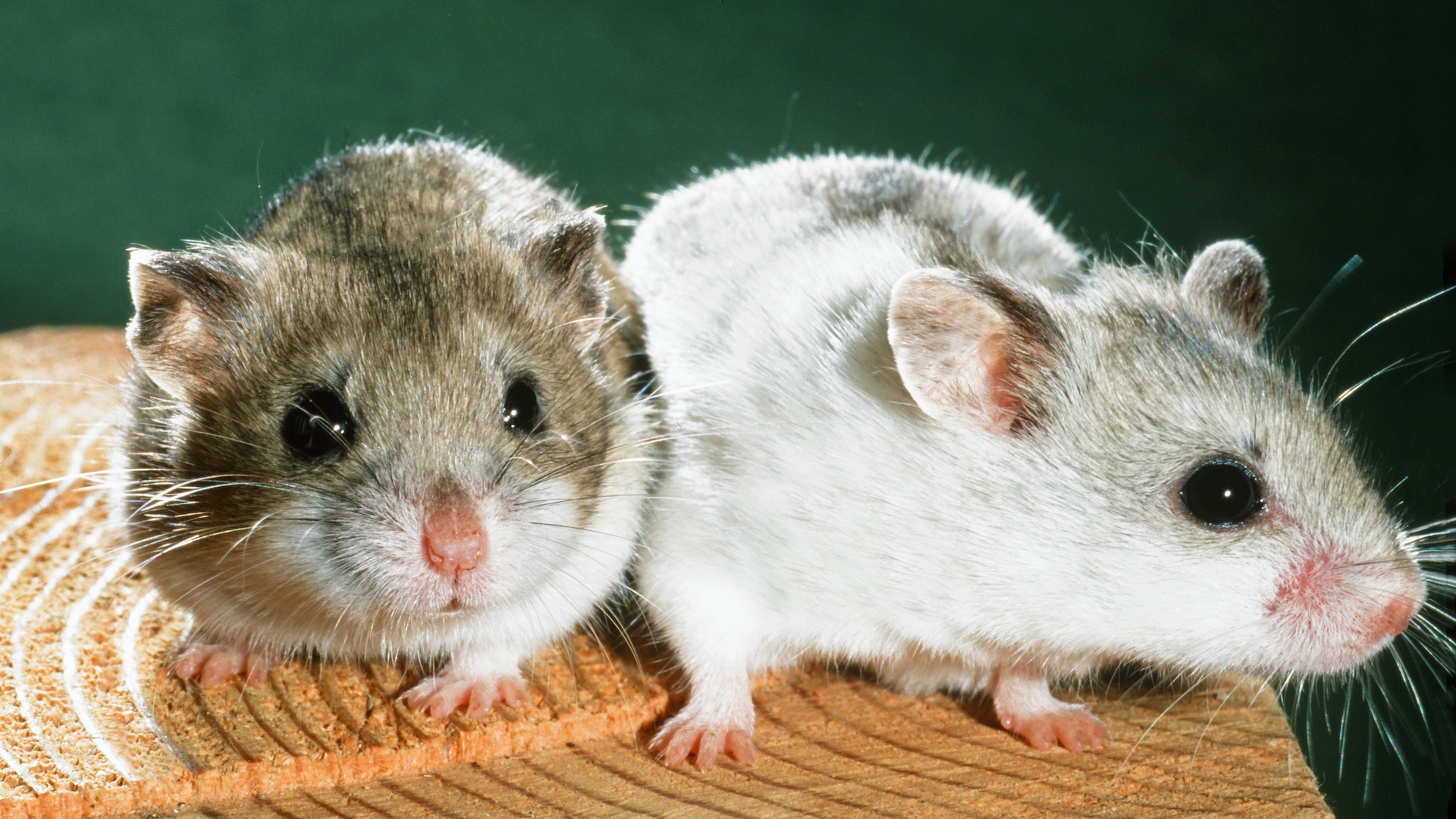
The dominant spot Chinese – also called the “spotted white” – is a variation that is common in pet hamsters. This version is white with coloured spots, speckles or patches.
8. Chinese (black-eyed white)
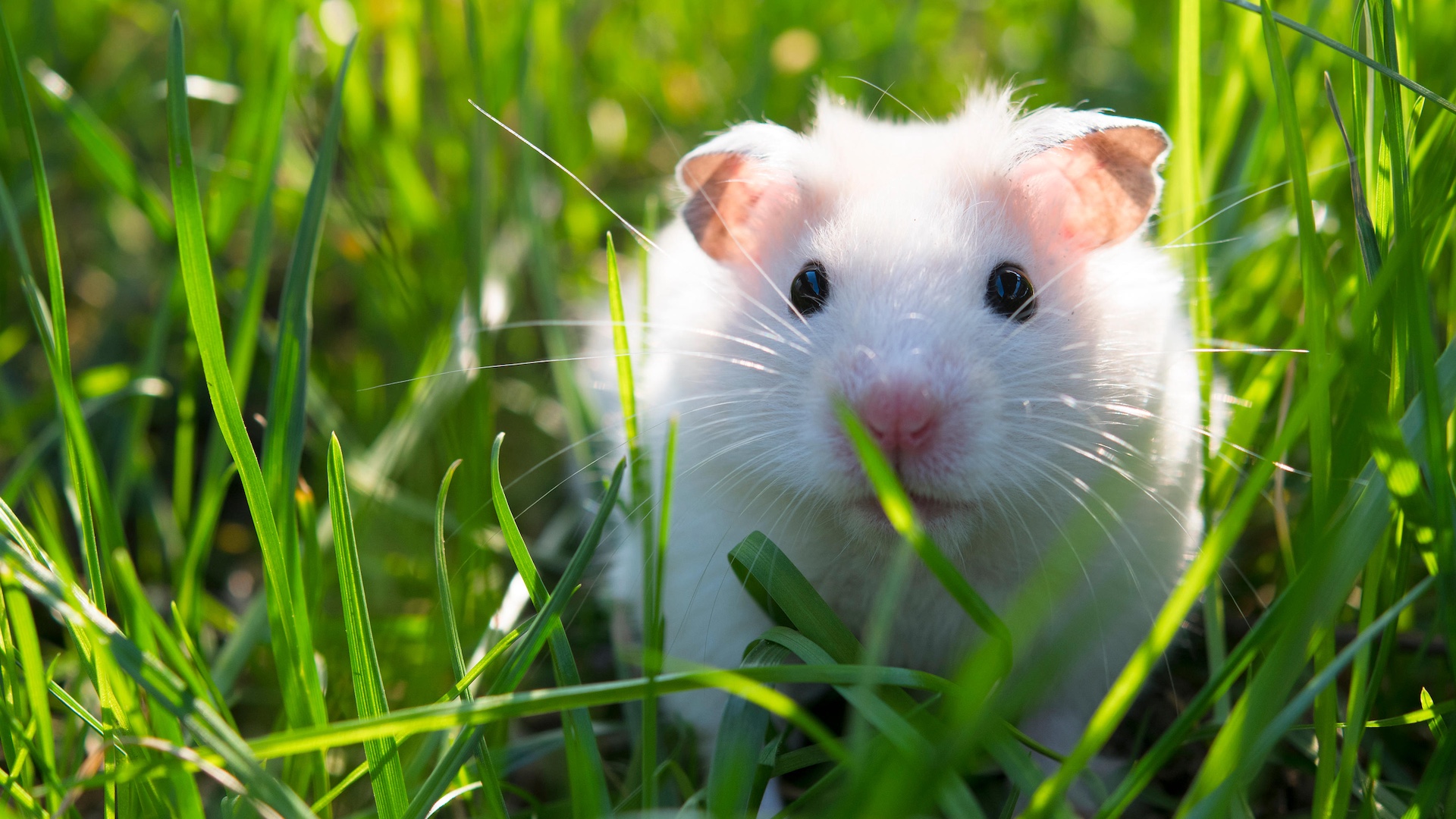
The black-eyed white Chinese hamster is a relatively new mutation, and is much the rarest of the three color variations of this species. There are very few in existence and confined to breeders in the UK.
9. Campbell’s dwarf
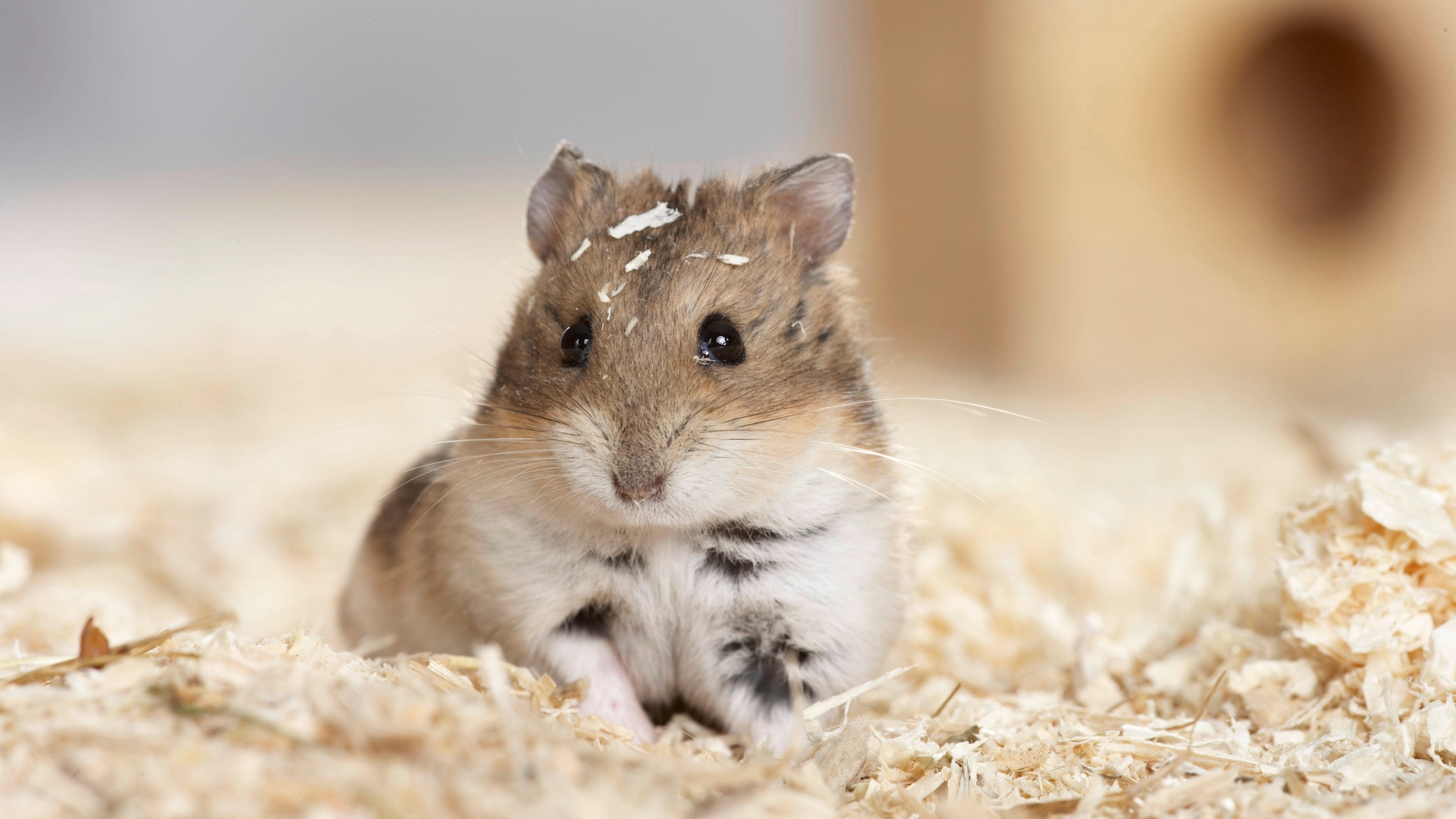
The Campbell’s dwarf hamster (Phodopus campbelli) was named in honour of Charles William Campbell, the first collector of this breed. They are kept as pets. In common with other “phodopus” hamsters, they live in groups in the wild.
Similar in looks to the Djungarian hamster (winter white), with a few differences, notably that they aren’t as well adapted to withstand very low temperatures.
They typically have brown or grey fur with a narrow dorsal stripe, a grey belly and small ears.
10. Winter white (Russian) dwarf
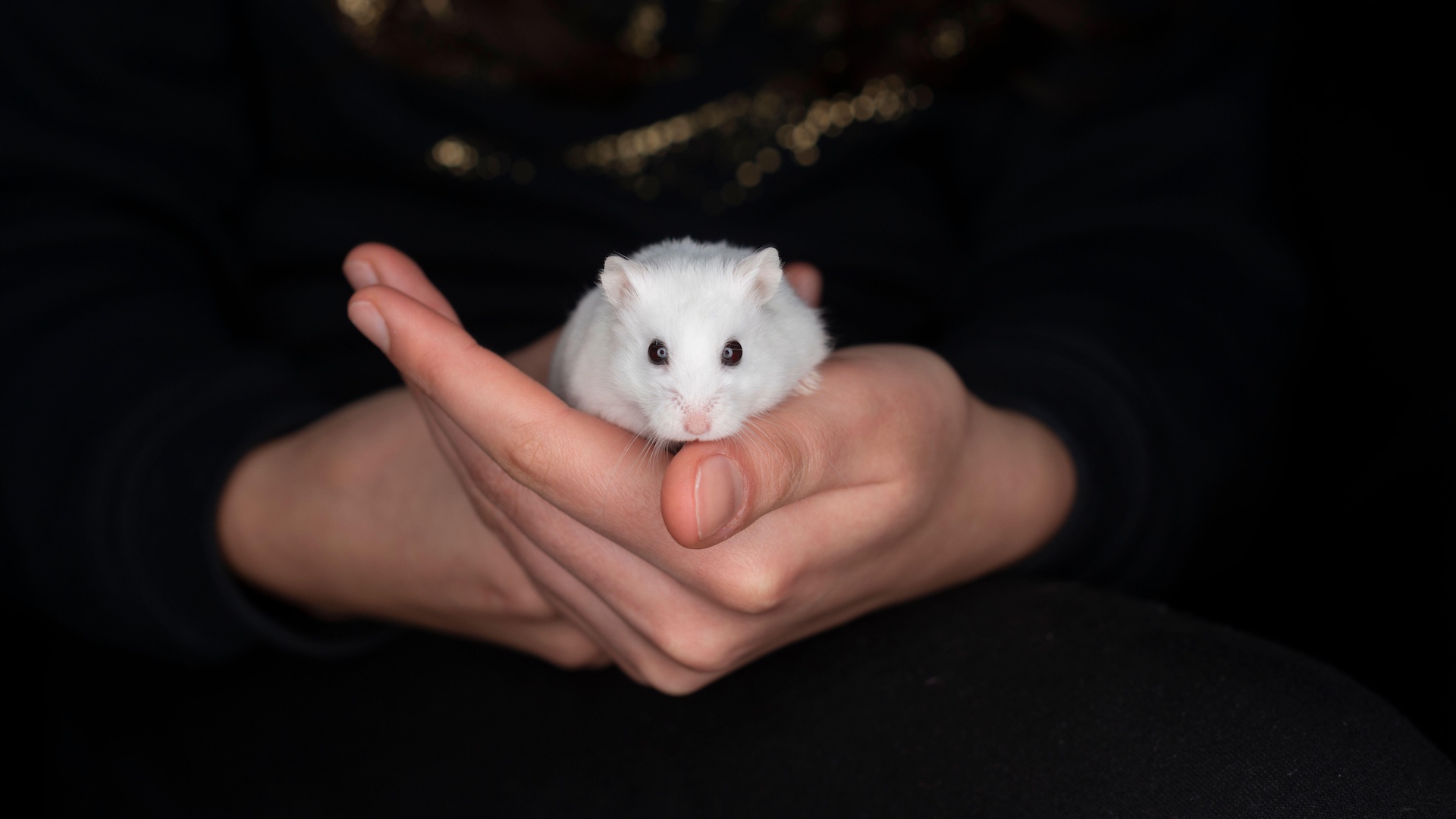
The winter white (Phodopus sungorus) goes by many names: Russian dwarf, Djungarian, striped dwarf, Siberian dwarf and more, and are around half the size of Syrians.
In the wild, they usually have grey fur with a thick dark dorsal stripe, however when winter comes this dark fur is replaced with white. This acts as a camouflage to protect them from predators in the snow. This is the main way to tell them apart from the very similar Campbell’s dwarf.
This amazing coat change is less likely to happen when they are kept as domestic pets, due to artificial light.
11. Robo (Roborovski) dwarf
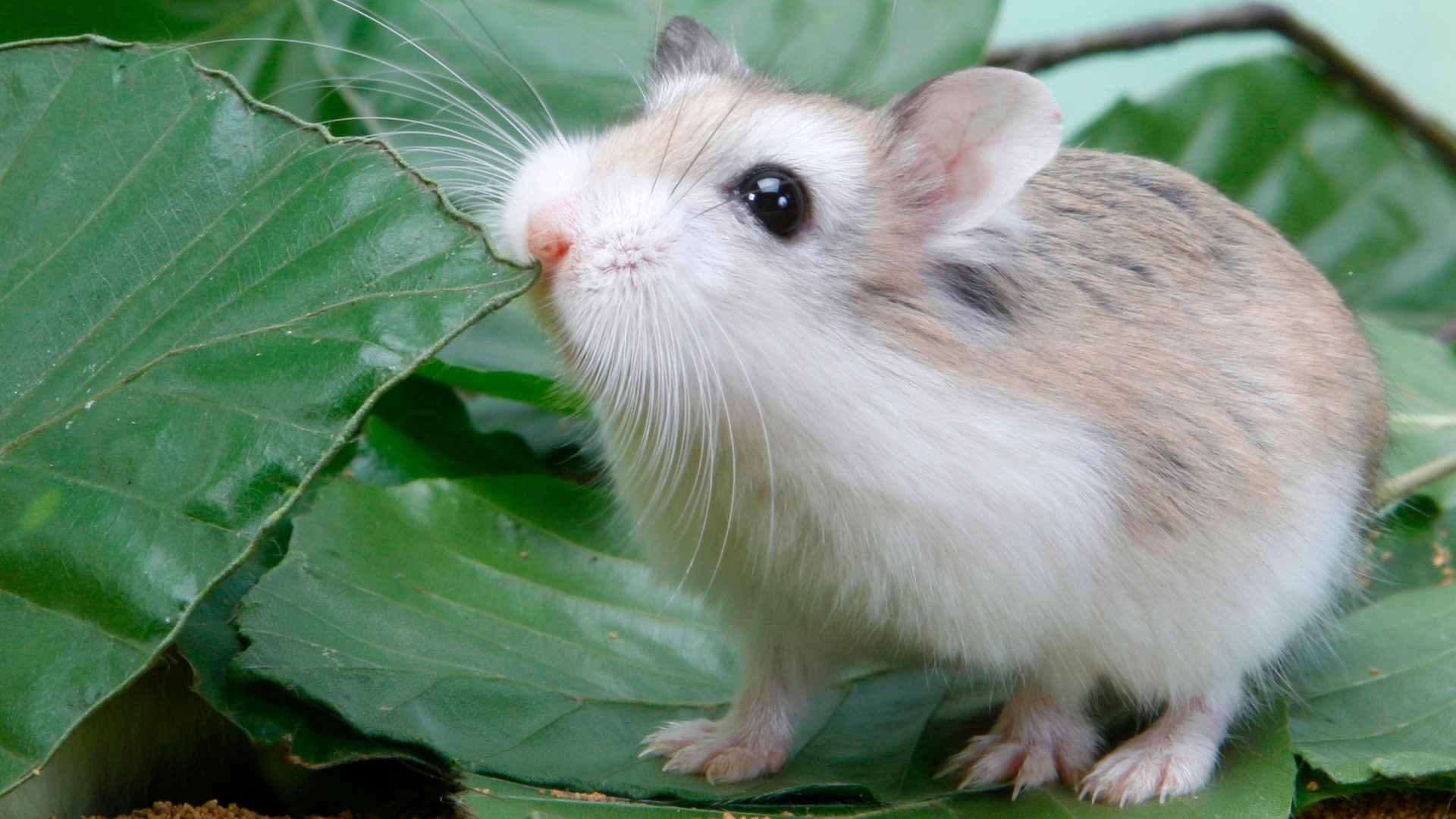
One of the three Phodopus species, the Roborovski hamster (Phodopus roborovski) is also known as “desert hamster” and is the smallest of this tiny species.
Distinguishing features include pale patches above the eyes, sandy coat (to match its original desert habitat) and no dorsal stripe.
The diminutive Robo is known for its extraordinary speed and stamina. They are popular – if slightly skittish – pets.
12. Black-bellied (European)
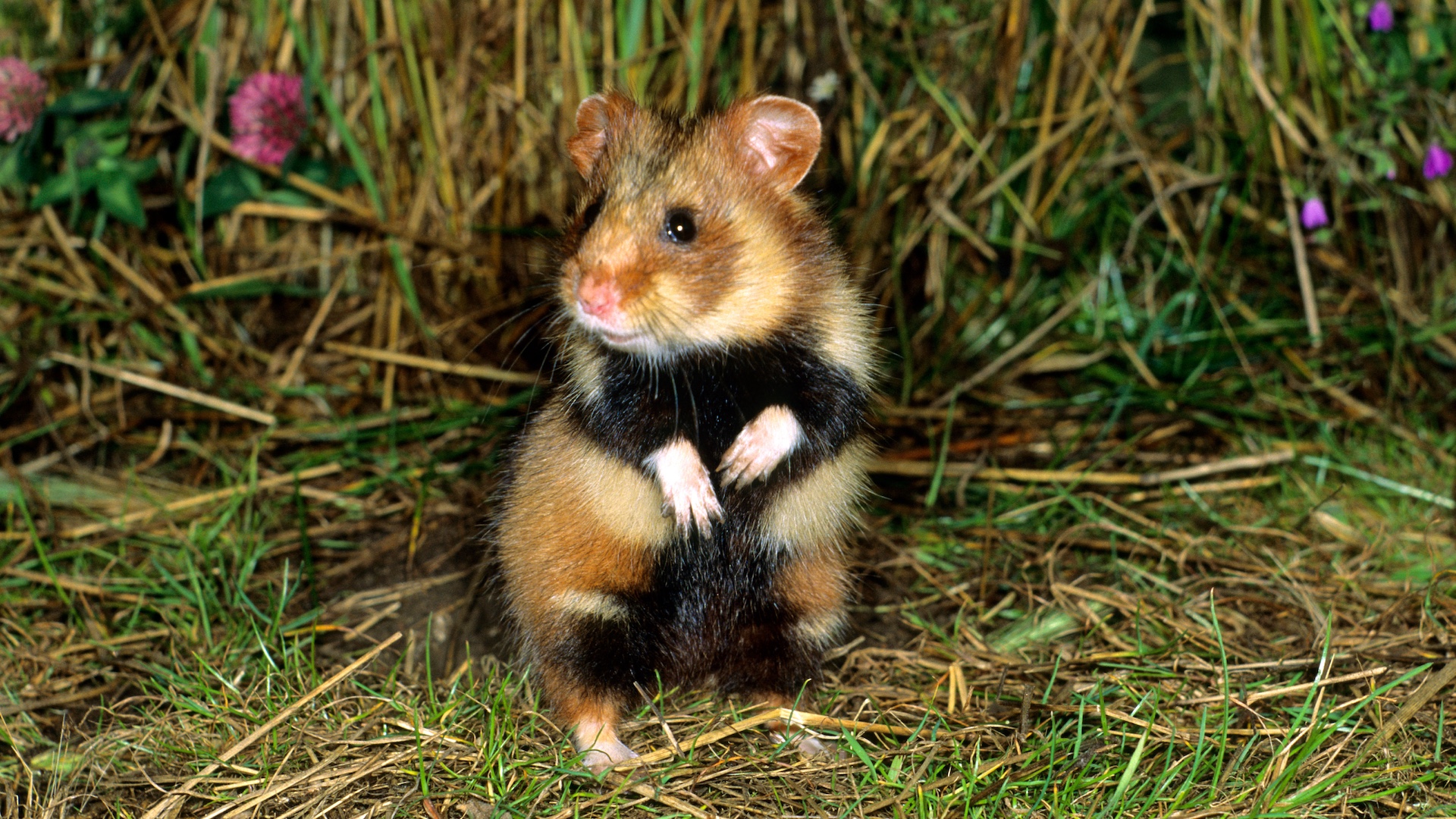
The black-bellied (Cricetus cricetus) is a gorgeous wild hamster, with brown fur, white patches and its signature black belly. It is the largest known hamster species, and also goes by the name European or Eurasian hamster.
While they have been viewed as a pest, they are now critically endangered.
13. Brandt’s
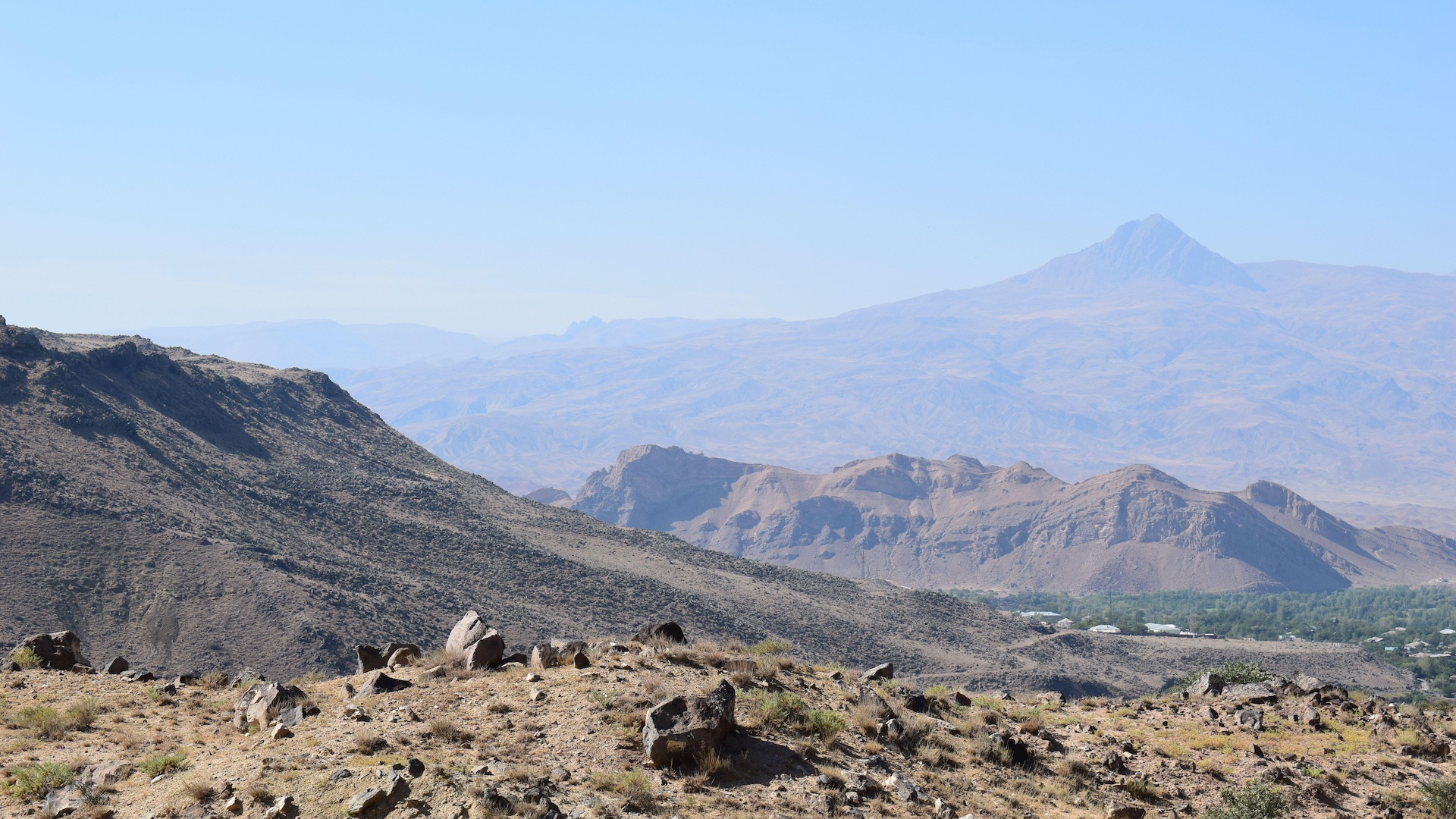
The same species as the Syrian hamster to which it is closely related, the Brandt’s hamster (Mesocricetus brandti) is also known as the Turkish or Azerbaijani hamster, or the Avurtlak.
Their eye-catching coats are sandy, tan and dark brown. They are known to be aggressive and therefore not kept as pets. They are native to Turkey, Armenia and countries close by, and tend to live in dry, rocky steppe habitats high above sea level.
14. Gansu

The Gansu hamster (Cansumys canus) is native to China, specifically the Gansu province. It is not closely related to any of our common pet hamsters.
A study on the the Cansumys canus suggests that this species has certain morphological features that imply its natural habitat is mountain forests, and that it may even live in trees.
15. Mongolian
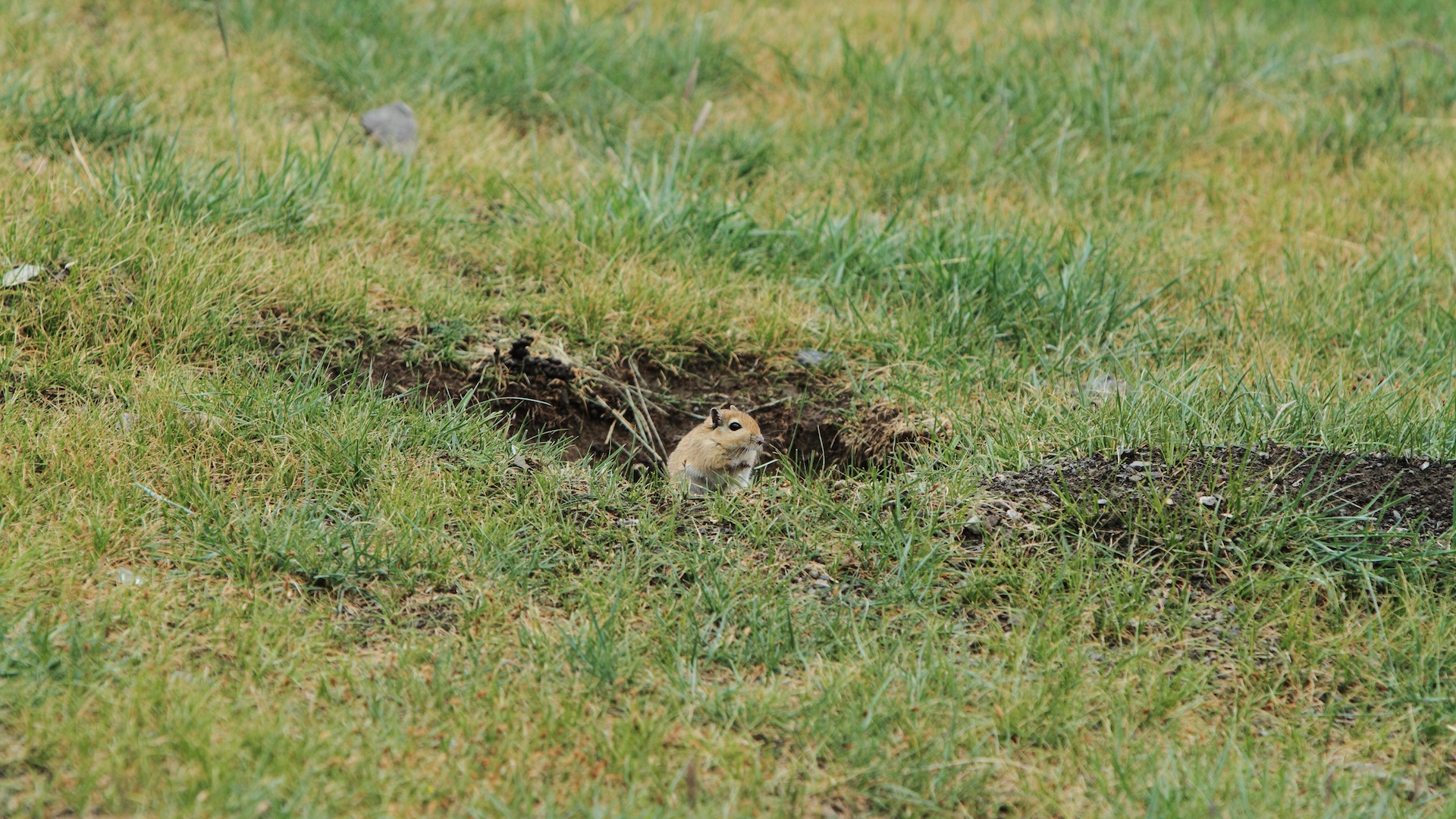
Found in Mongolia, but also in China and Russia, the Mongolian hamster (Allocricetulus curtatus) is wild and not kept as a pet. However, they do have similarities in appearance with Chinese hamster. The Mongolian gerbil, on the other hand, is commonly domesticated!
Unlike many wild hamsters, the Mongolian is not considered endangered.
16. Eversmann’s
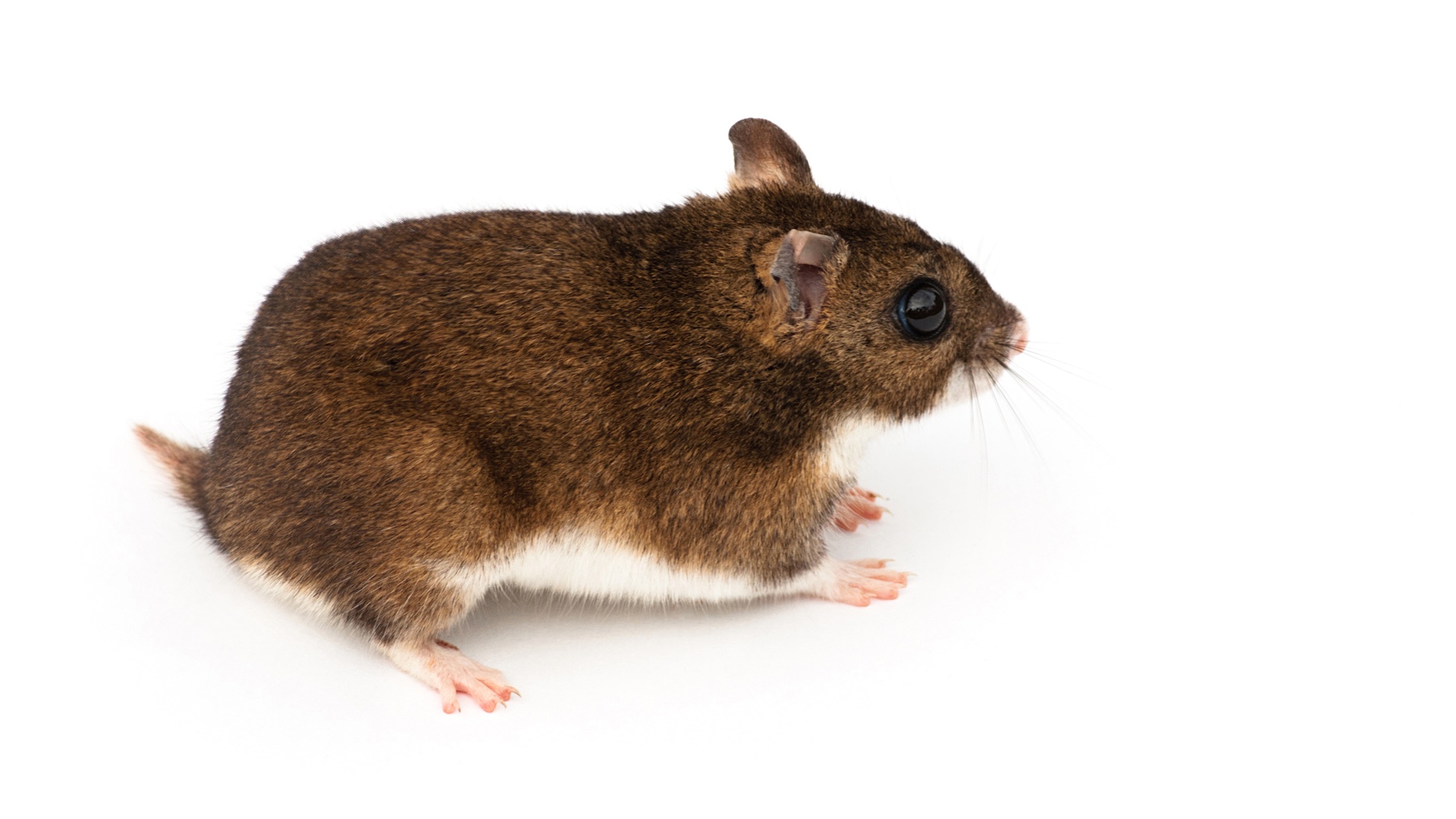
The Eversmann’s or Kazakh hamster (Allocricetulus eversmanni) is very similar to the Mongolian hamster, and is found in the deserts and semi-deserts of Kazakhstan, Kyrgyzstan China and Russia.
They are wild, and have soft gray-brown or sandy fur with a white belly with a characteristic dark spot on their chest. They are short and stocky.
17. Sokolov's dwarf
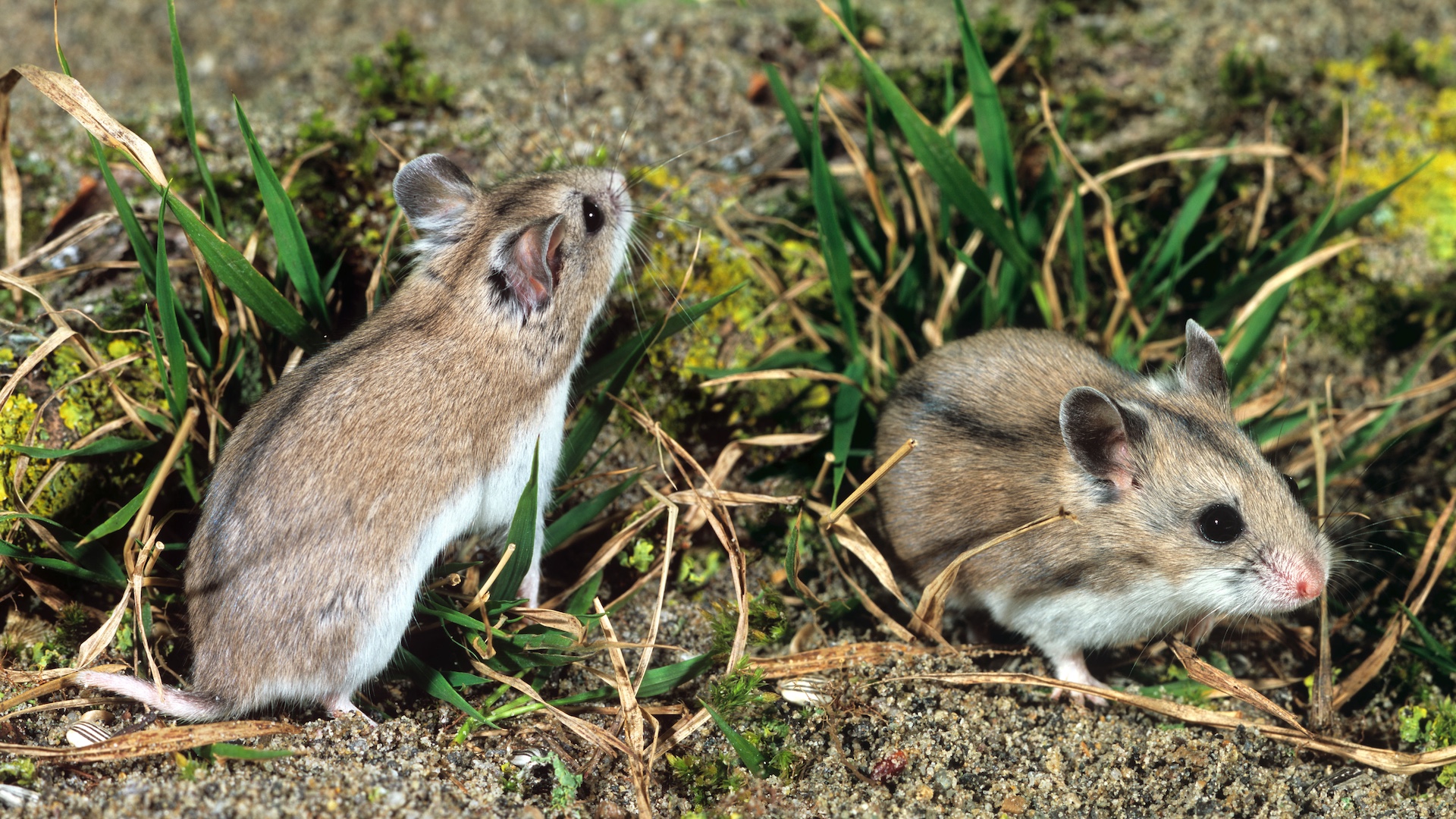
This adorable dwarf hamster (Cricetulus sokolovi) is very similar to the Chinese, and has in its history been marked as the Chinese striped though is officially a distinct species.
Grey with a yellow hue and a distinctive dorsal stripe, these beautiful hamsters live in burrows in the deserts of Mongolia and China. They are not kept as pets.
18. Dobrudja
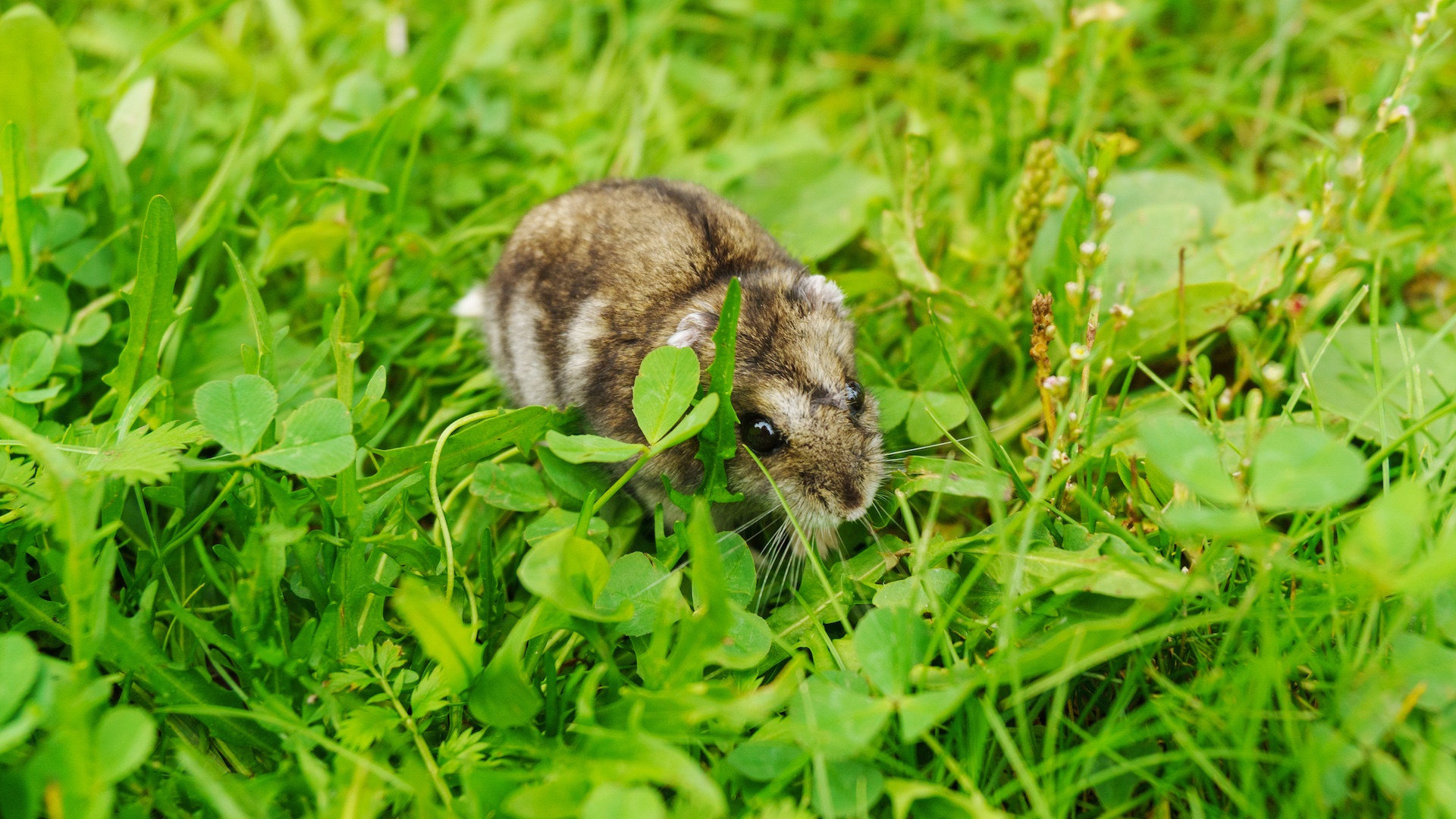
The Dobrudja – or Romanian – hamster (Mesocricetus newtoni) is closely related to the much more familiar Syrian type that is much loved in our homes.
However, the Dobrudja is not kept as a pet, instead its natural habitat is the arid, shrubby plains of Romania and Bulgaria.
19. Armenian
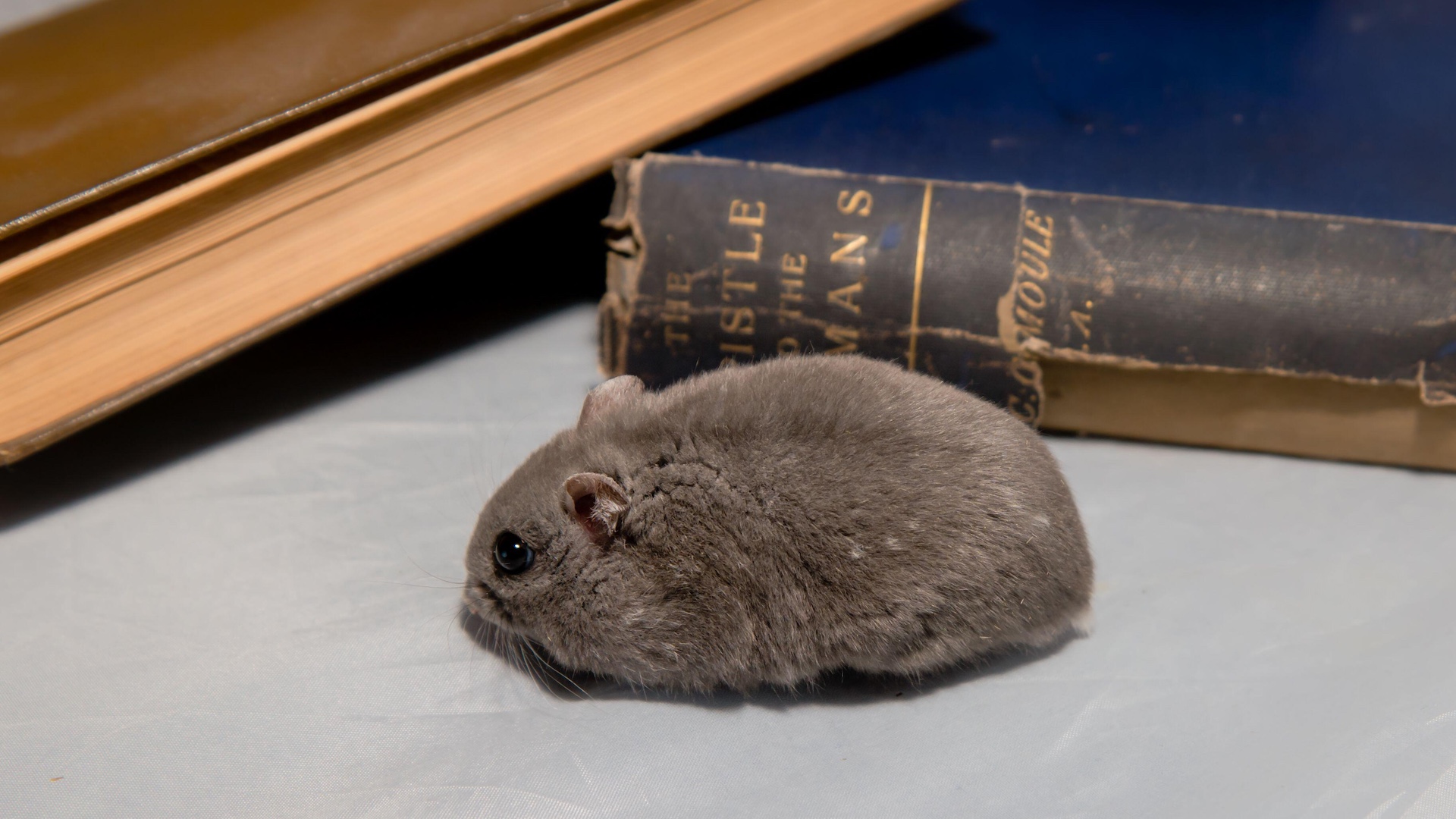
The Armenian hamster (Nothocricetulus migratorius) also goes by the name gray dwarf – which describes its appearance perfectly. This hamster, unlike many other wild species, is not endangered and is said to be even more common than mice in Armenia!
It has a wide population spread, from Eastern Europe to Asia, and typically lives at least 1,000m above sea level, preferring dry landscapes and semi-deserts.
20. Greater long-tailed

Hamsters are known for having very short tails, however the greater long-tailed (Tscherskia triton) is the exception. Resembling rats more than hamsters, they have long tails, gray coloring and are much larger than most hamster species. They are typically aggressive, whether in the breeding or non-breeding season.
They are not kept as pets, and are native to Siberia, China and the Korean Peninsula – they are also named the Korean hamster.
Martha is an experienced journalist working in both print and digital media. She specializes in the canine, equine and rural sphere where she has covered a wide range of topics from cloning animals and the ingredients for a perfect yard dog, to helping owners find the best canine GPS trackers on the market. When she’s not busy writing about dogs and horses, she’ll be found either aboard a horse or looking after the menagerie of pets in her care.
